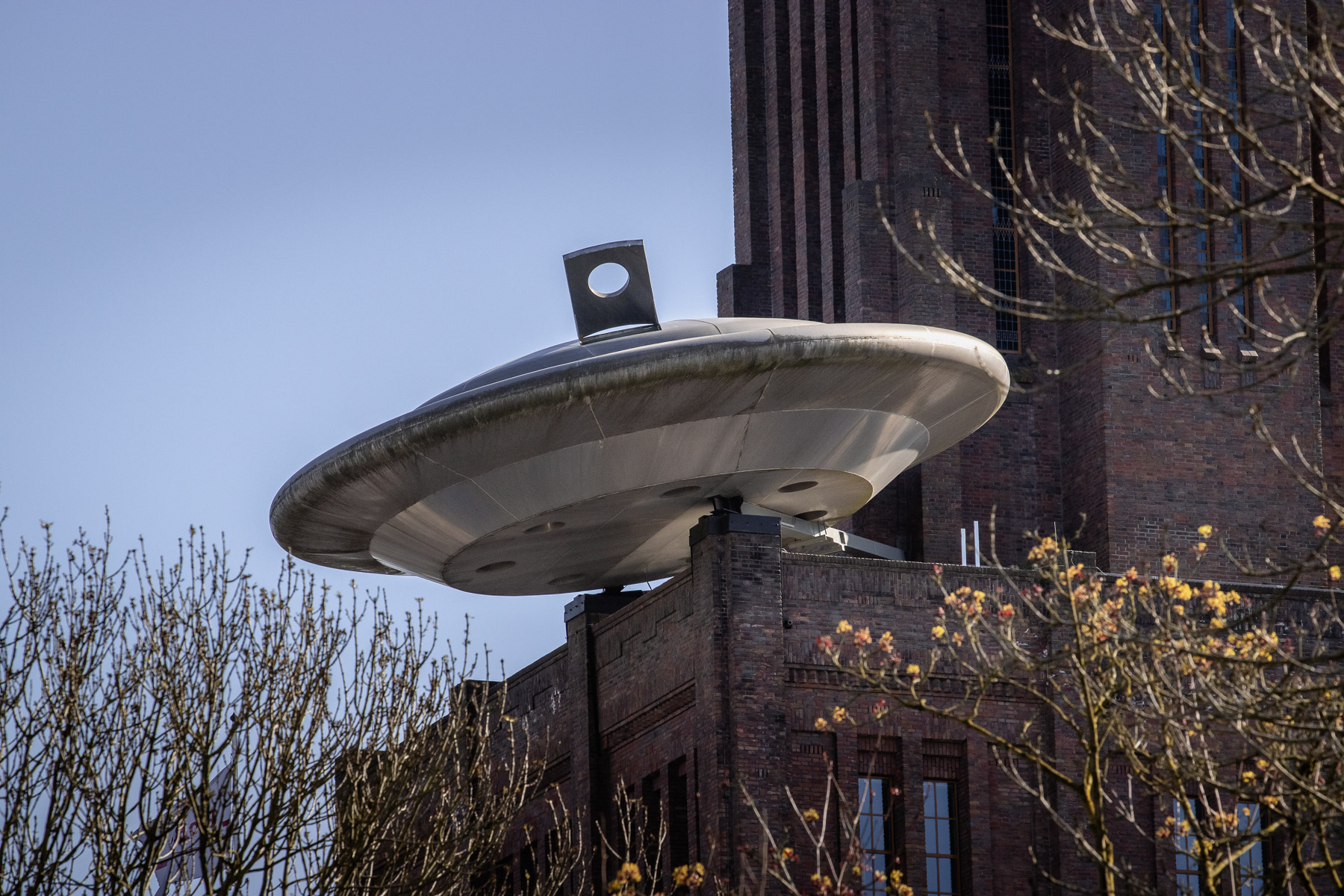A canal cruise boat passes the Lichtegaard terraces in the heart of Utrecht, April 2025.
The Oudegracht canal with the Winkel van Sinkel, which was in 1839 the first department store in the Netherlands.

Sights at the Oudegracht canal.

Including very narrow historic houses.

And old warehouses turned into homes.
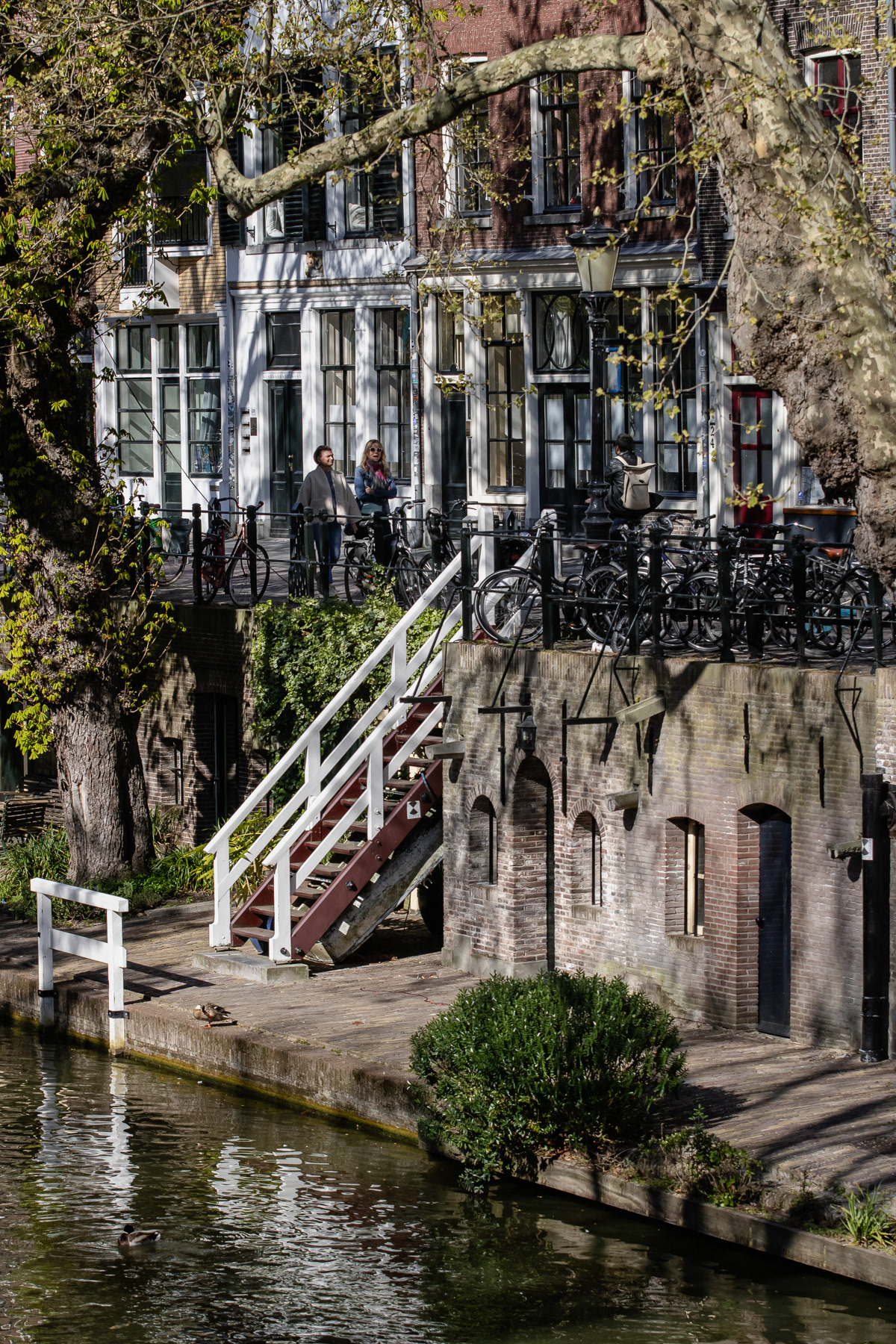
Stairs make it easy to reach the lower levels.
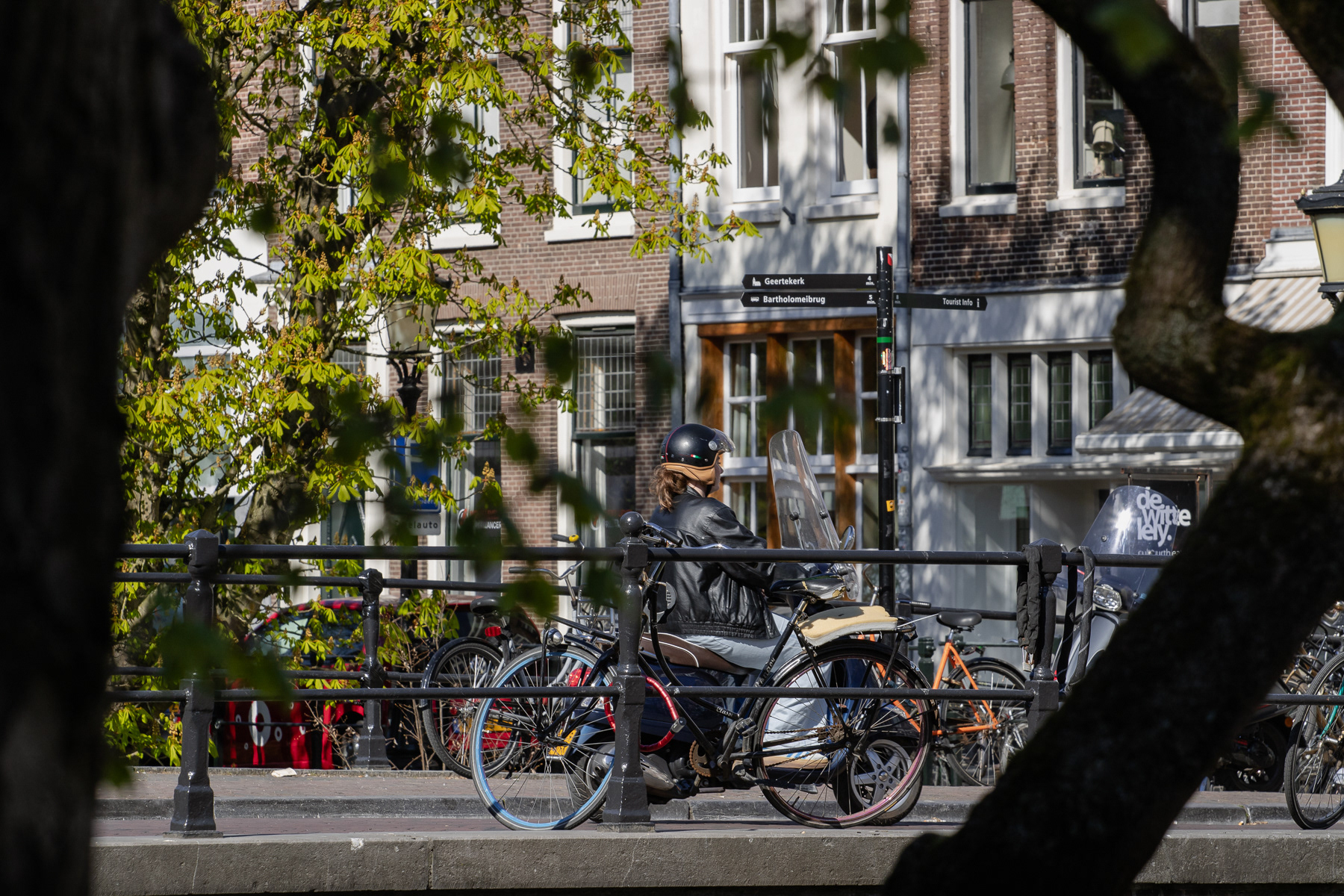

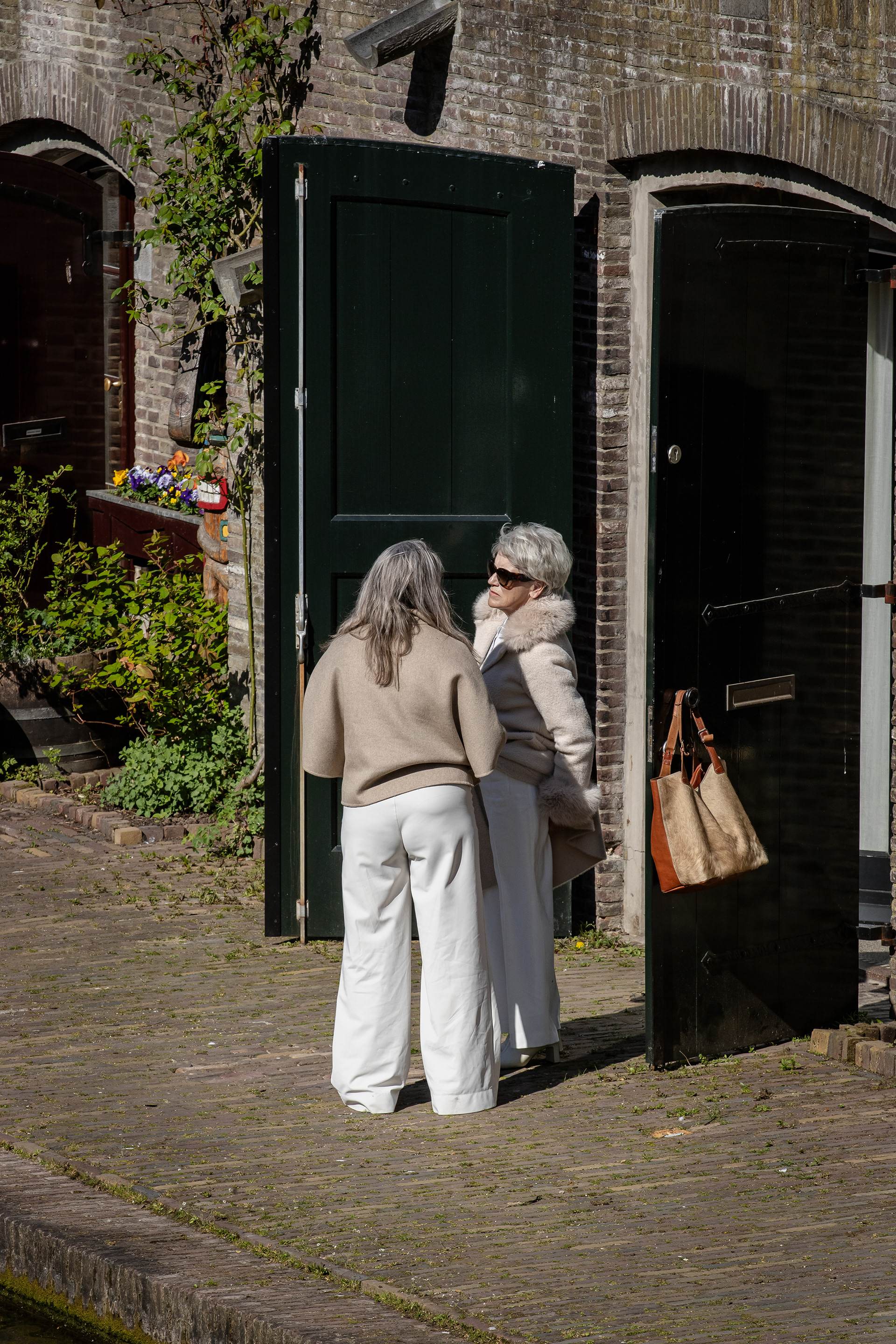
Two ladies talking.

Restaurant De Heeren van Leeuw (The Gentlemen of Lion)
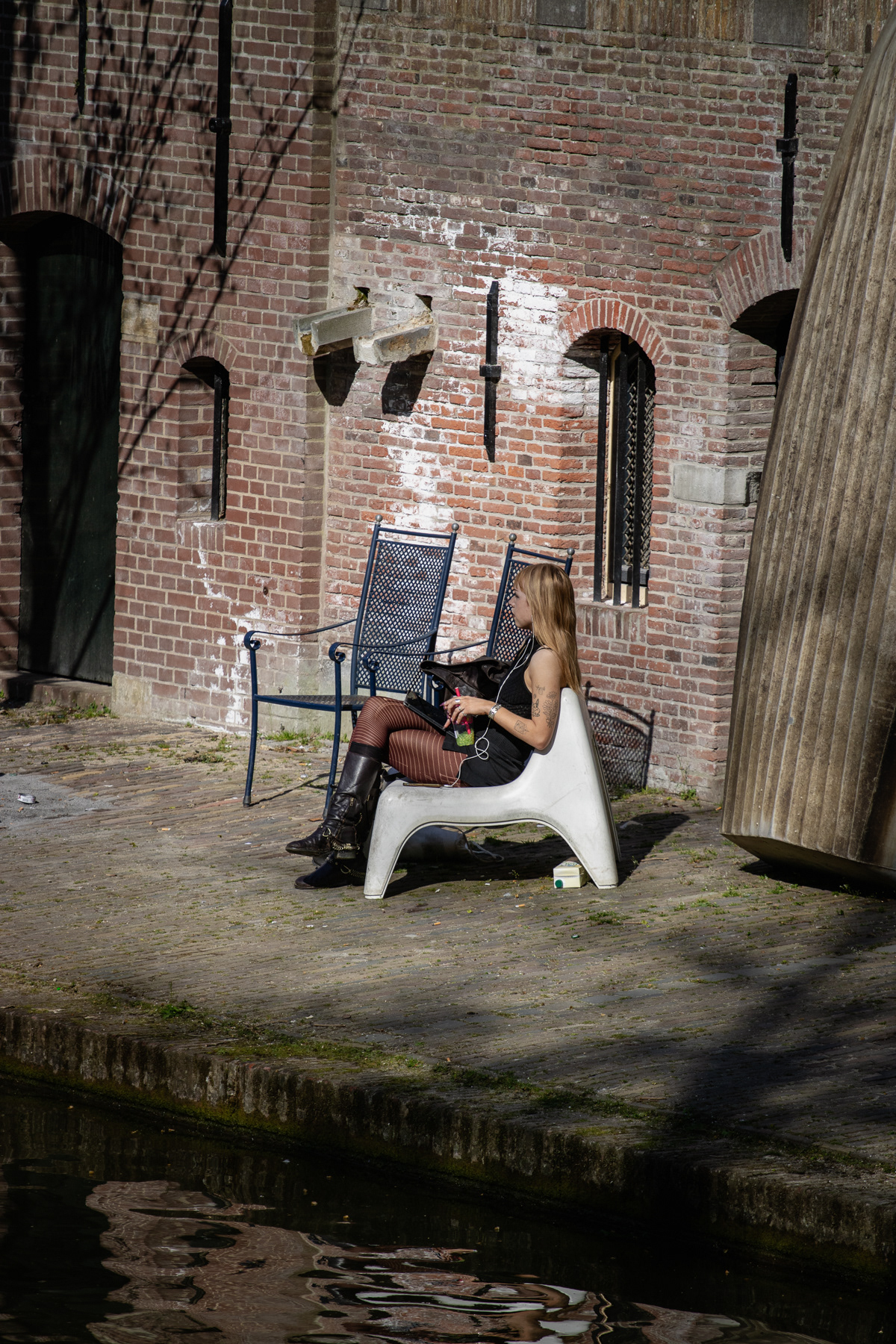
A lady enjoying the spring sun.
Parked bicycle at an Oudegracht bridge and the Domtoren bell tower
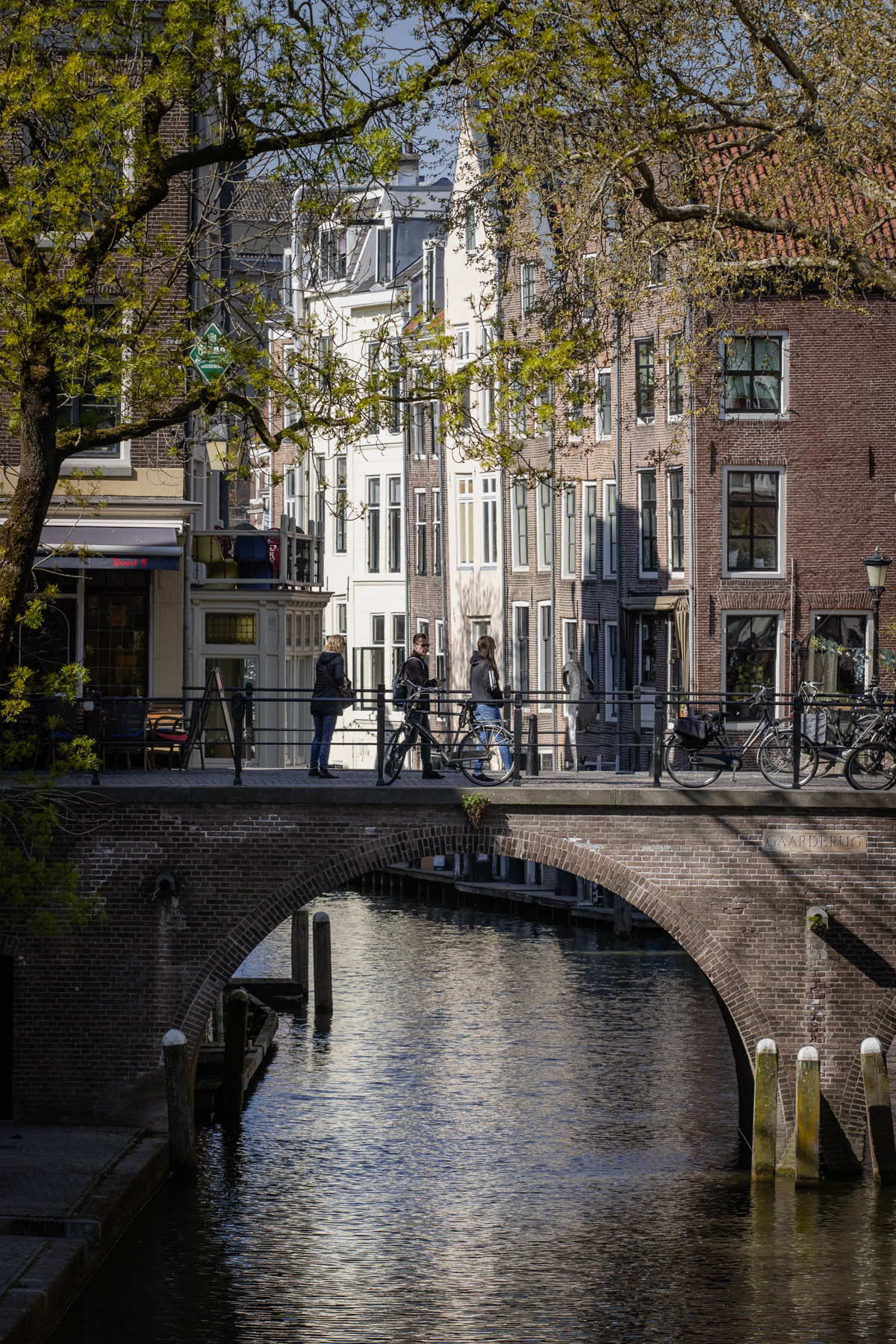
Gaardbrug

The area between the Gaardbrug and Maartensbrug bridges is probably the pretties part of the centre canal.

Detailed view of the historic buildings here.
Under the Gaardbrug bridge
Further south the Oudegracht canal gets more quiet
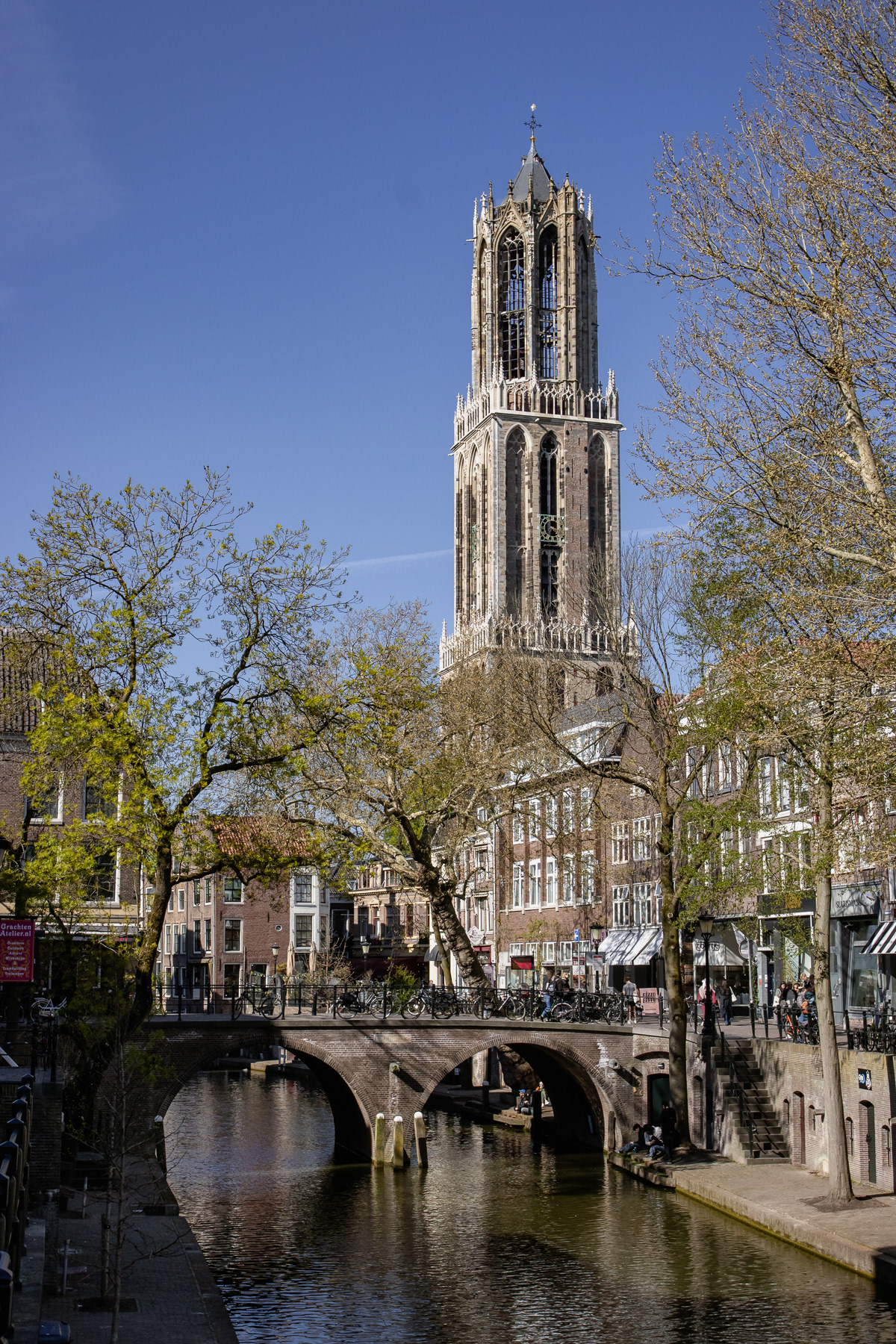
The Dom tower with the Gaardbrug bridge in front.
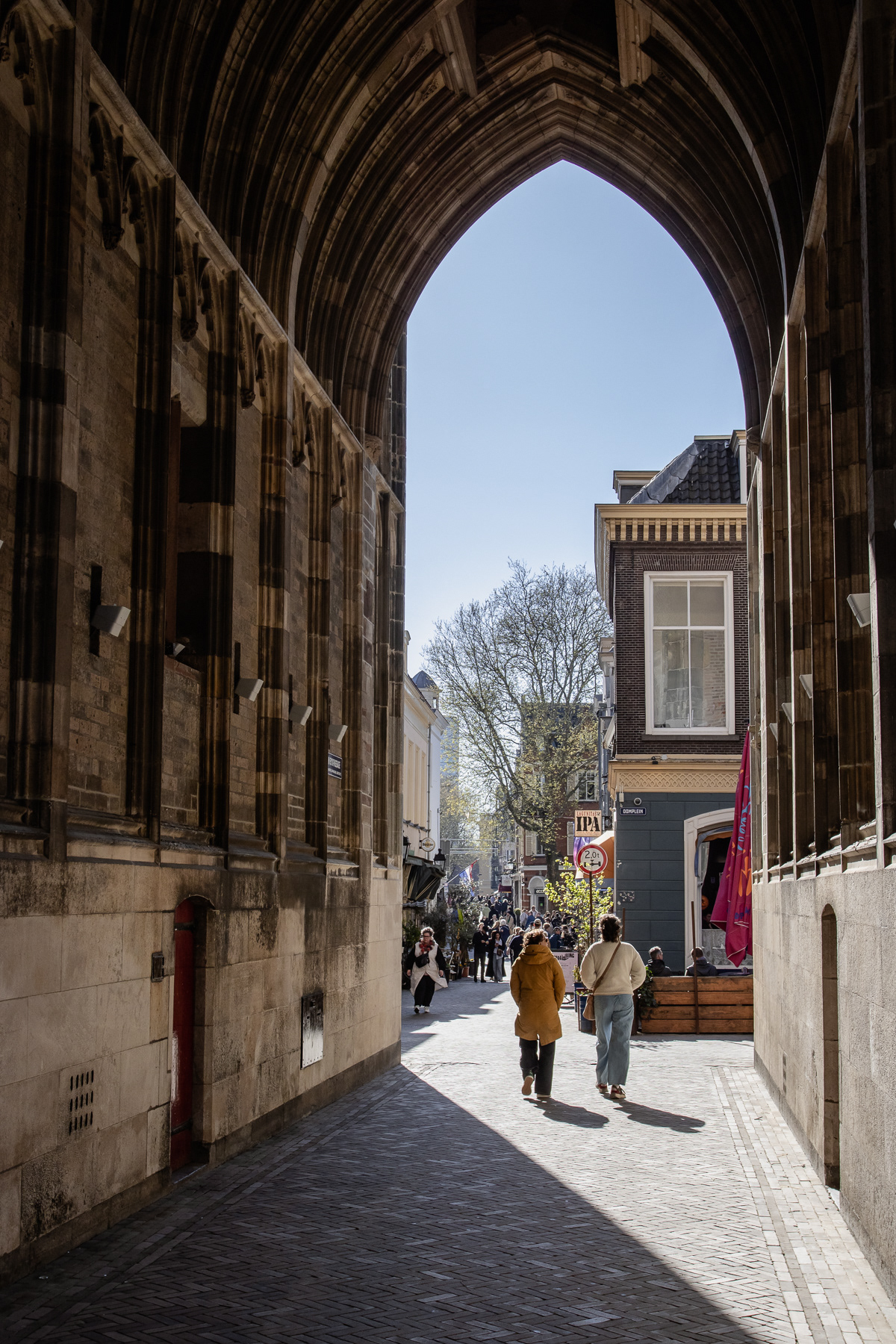
Passway through the Dom toren.
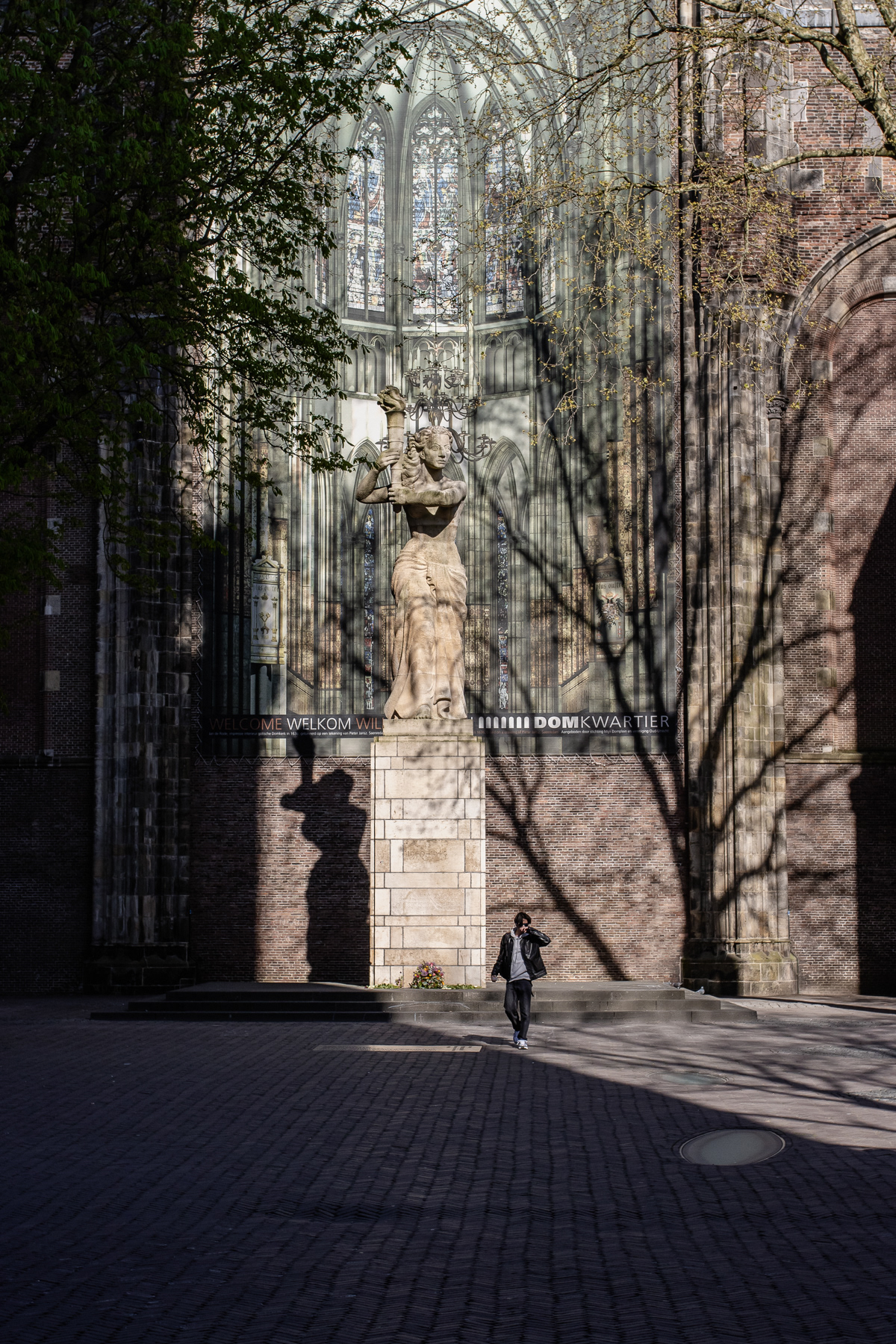
The Dom church.
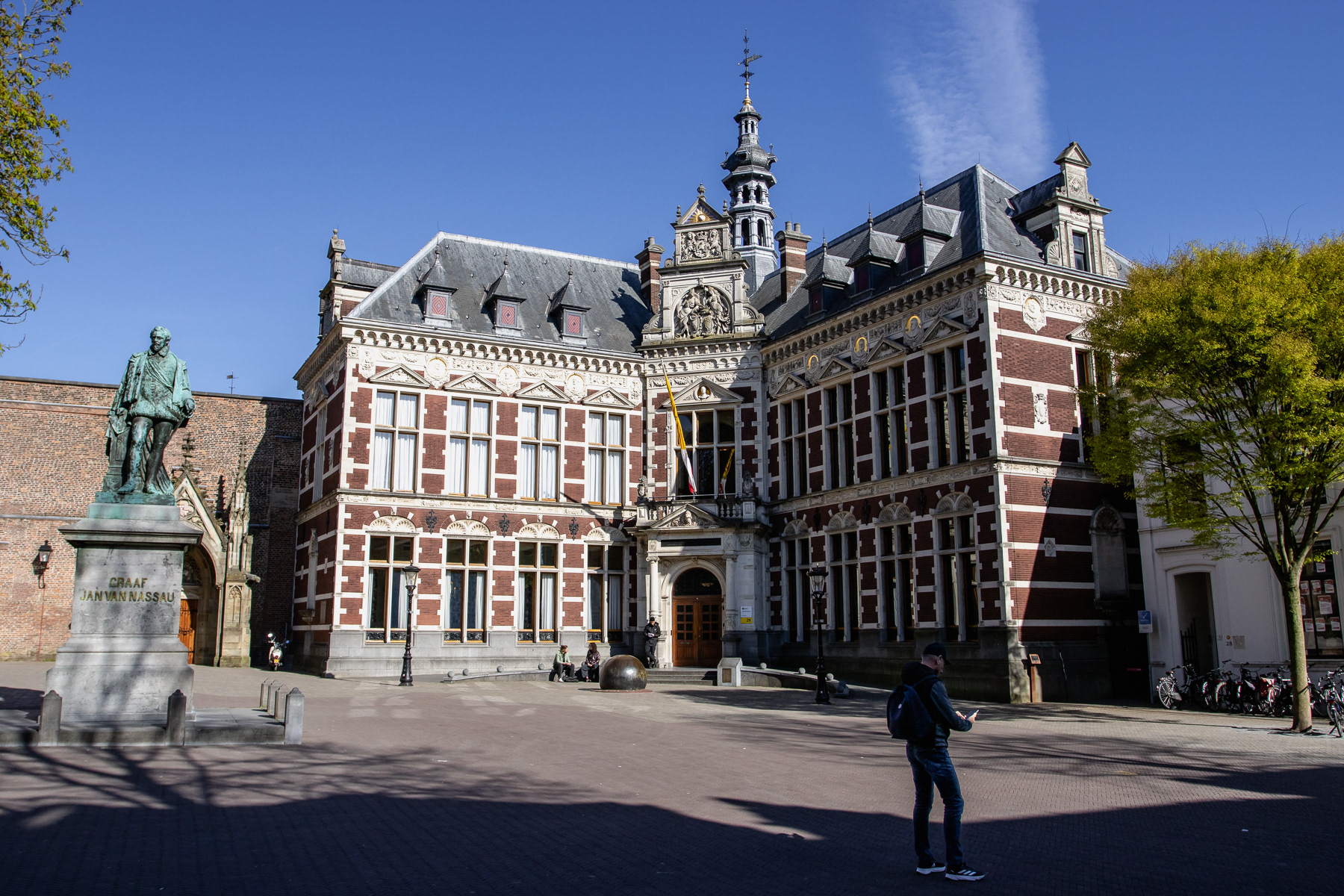
The Utrecht University Academy Building.
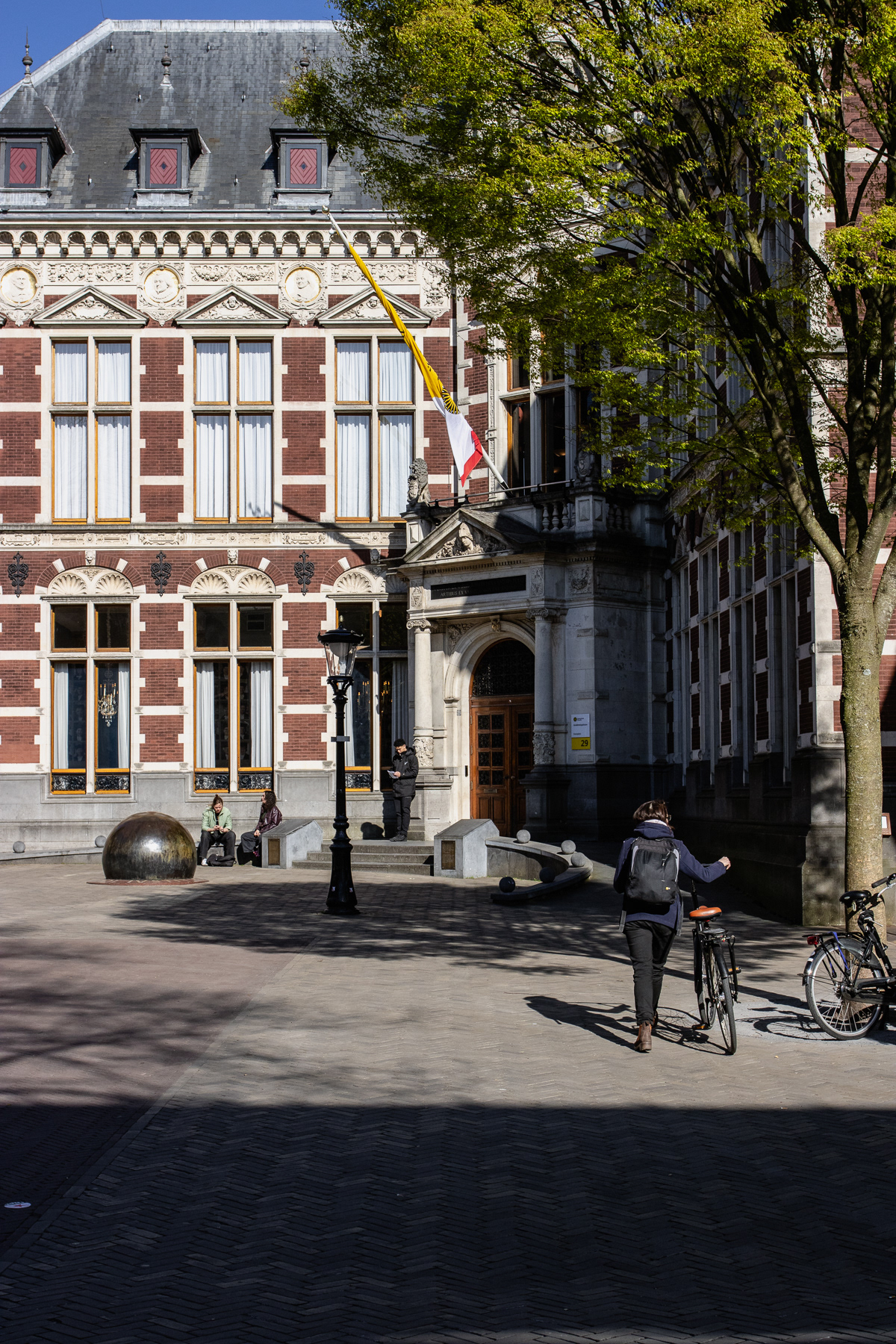

Lange Smeestraat
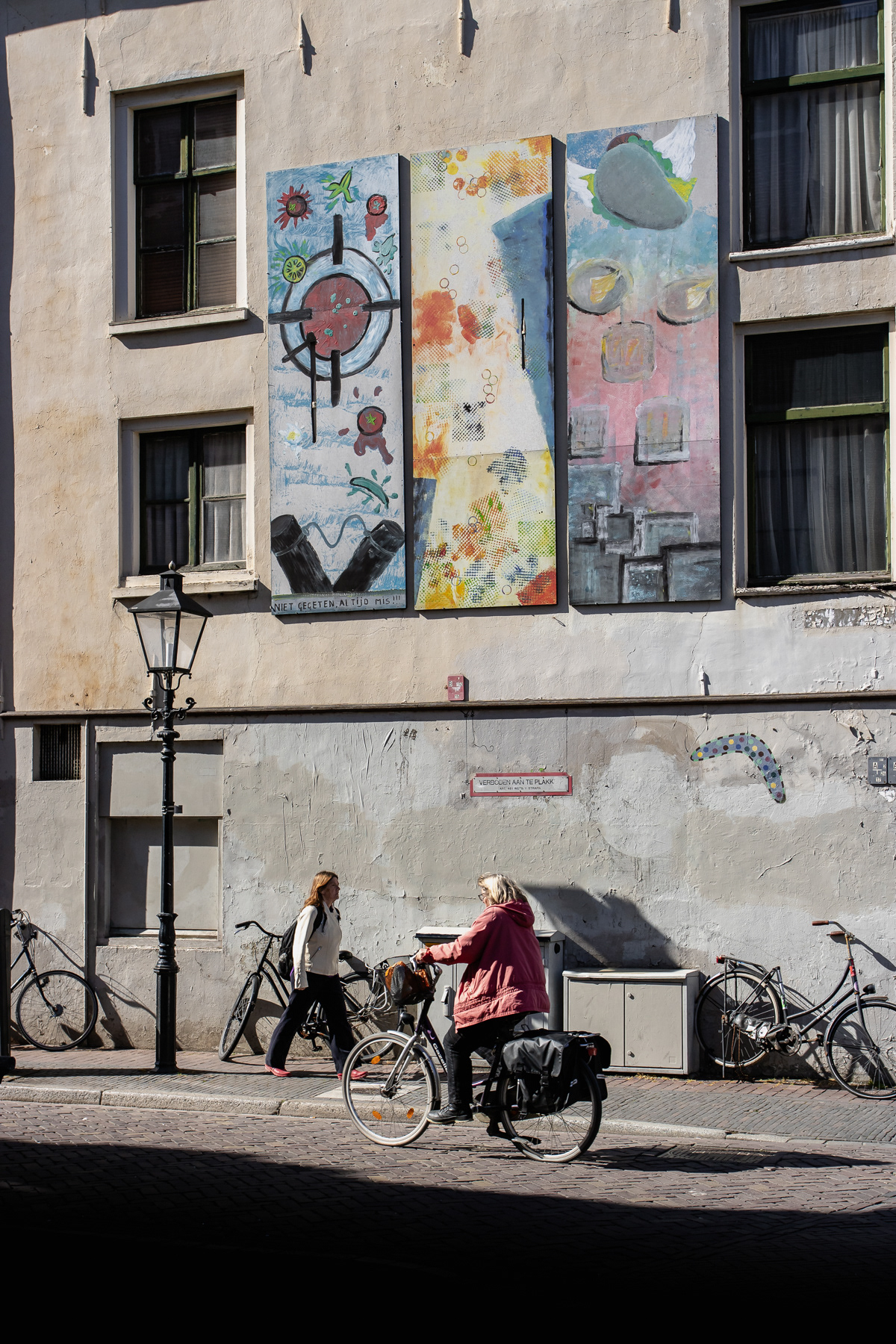
With art on the wall.

De Haverstraat ...
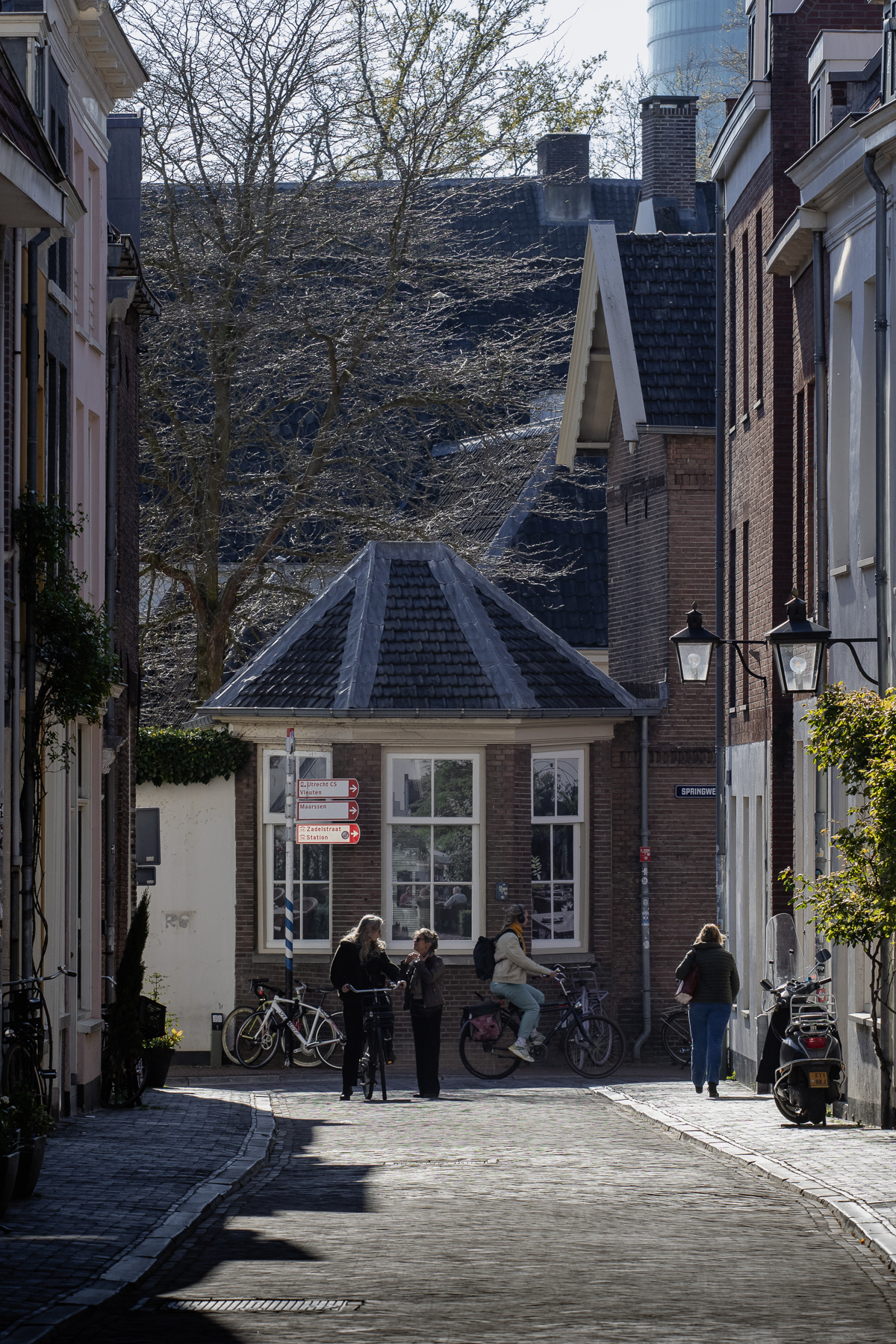
... ends at Springweg.
De Stadsbuitengracht (City Outer Canal) is flanked by one of the oldest city parks of the Netherlands. In 1830, it was constructed, running parallel to the former city wall.
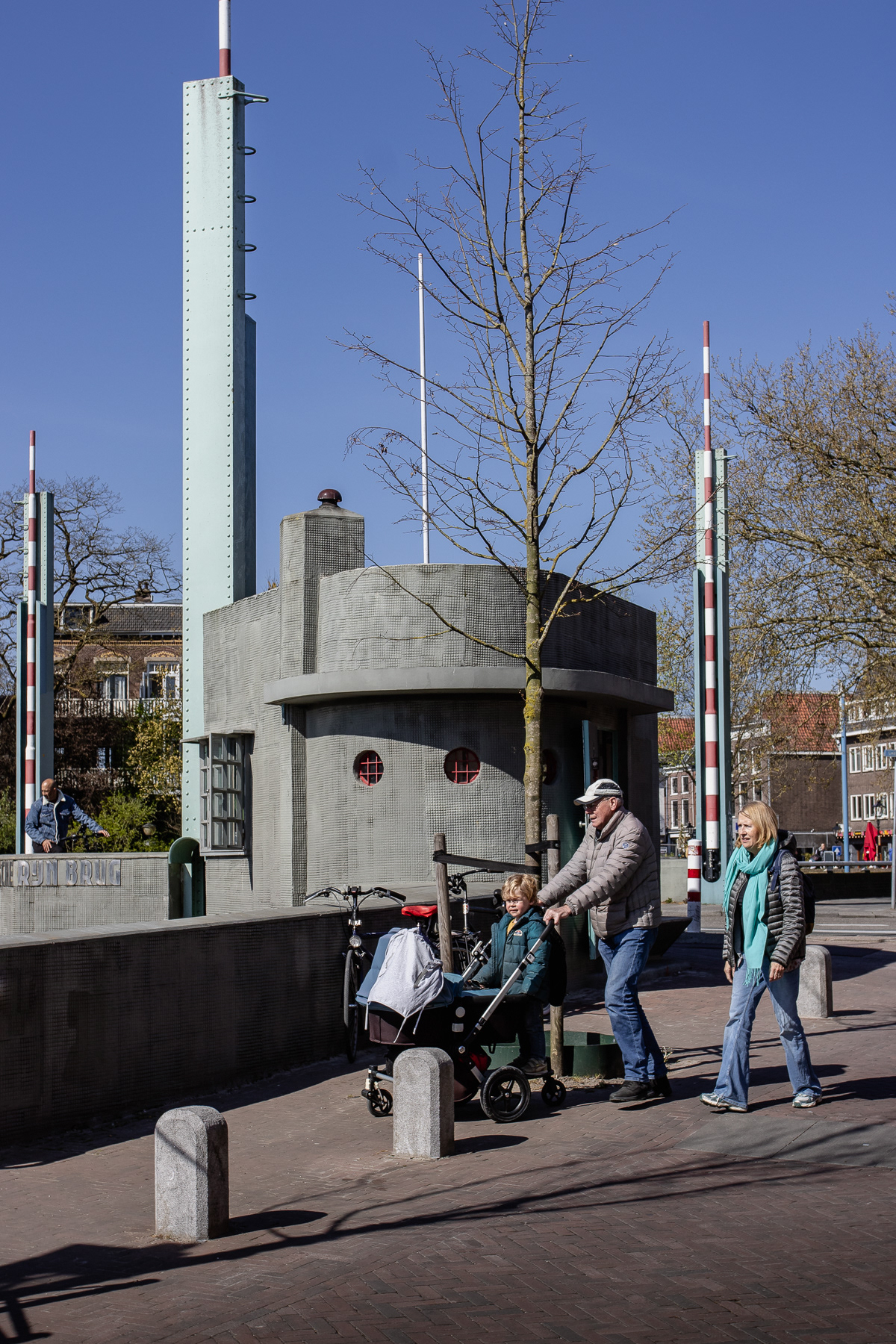
Barber shop in the old bridge guard house of the Vaartscherijnbrug.

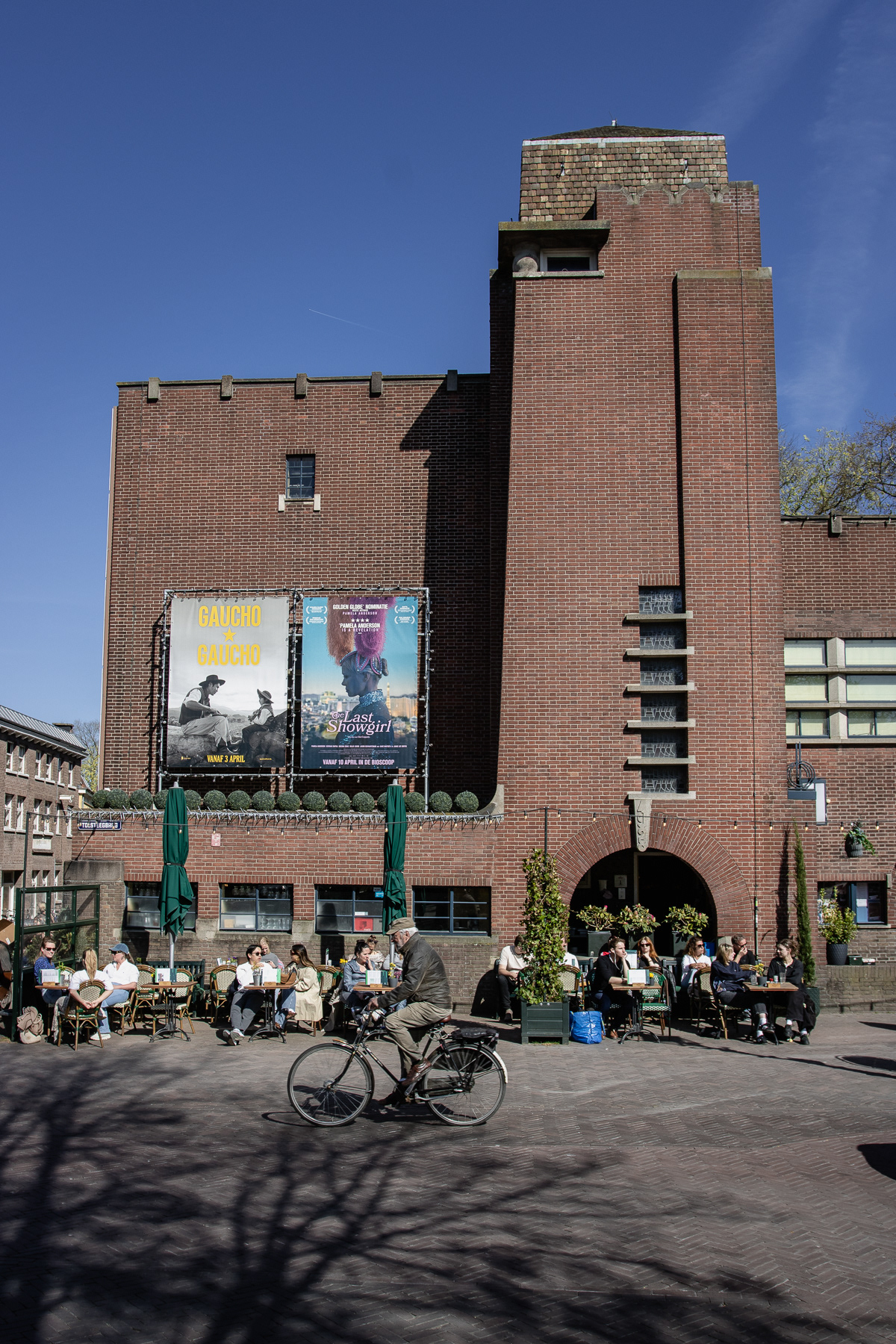
Cultural centre in the former police station. Built in 1927 in the style of the Amsterdam School, desigend by Johannes Izak Planjer.
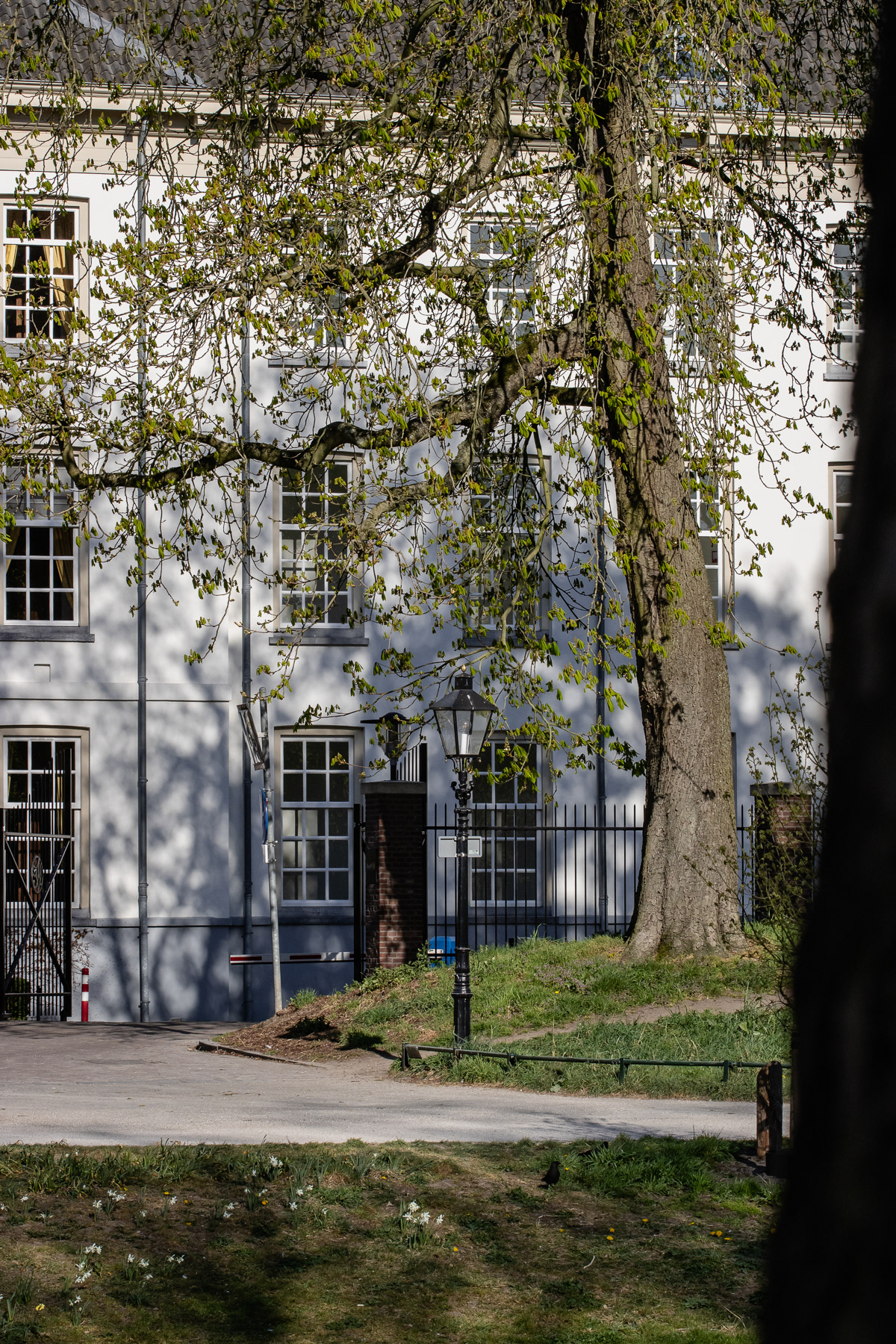
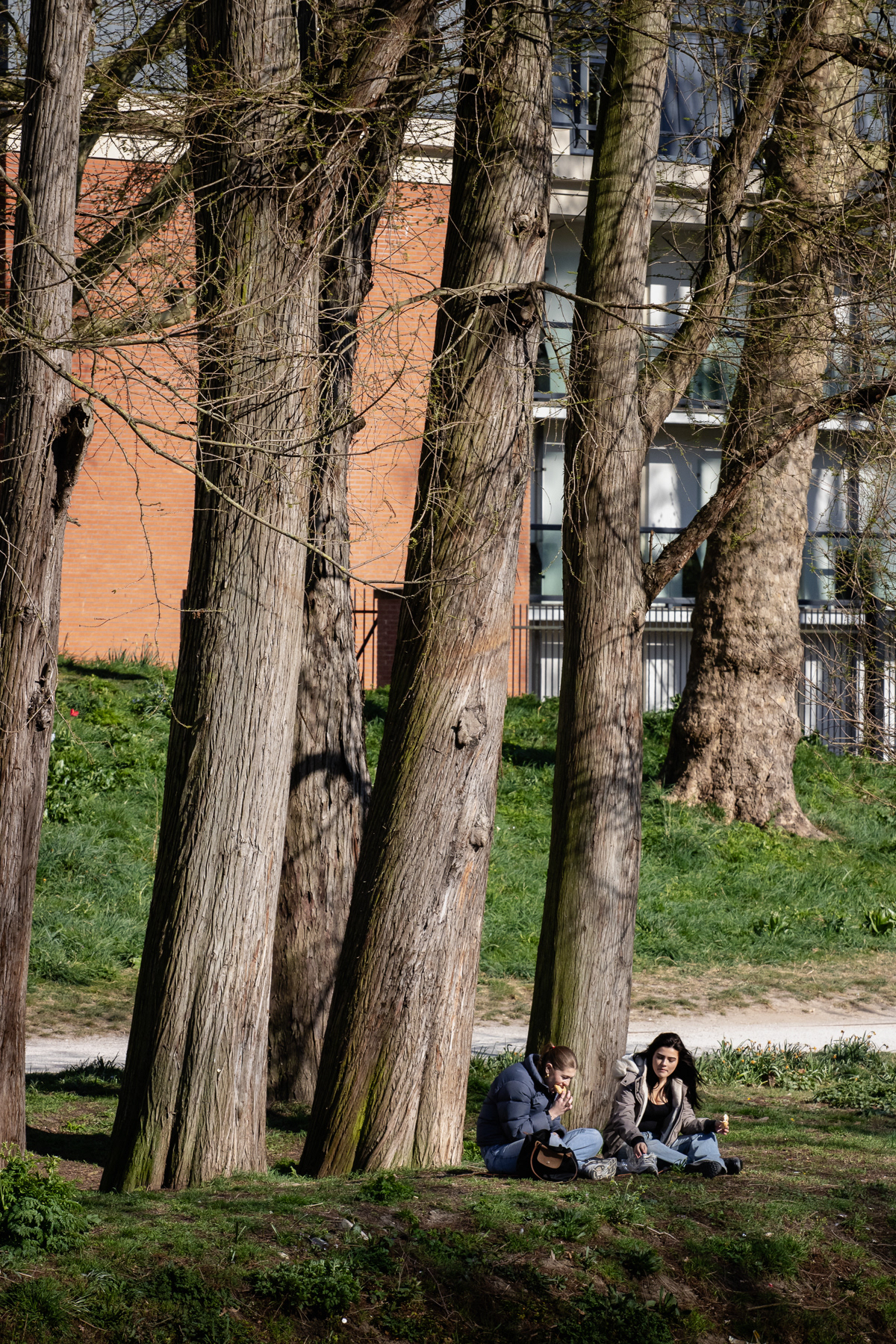
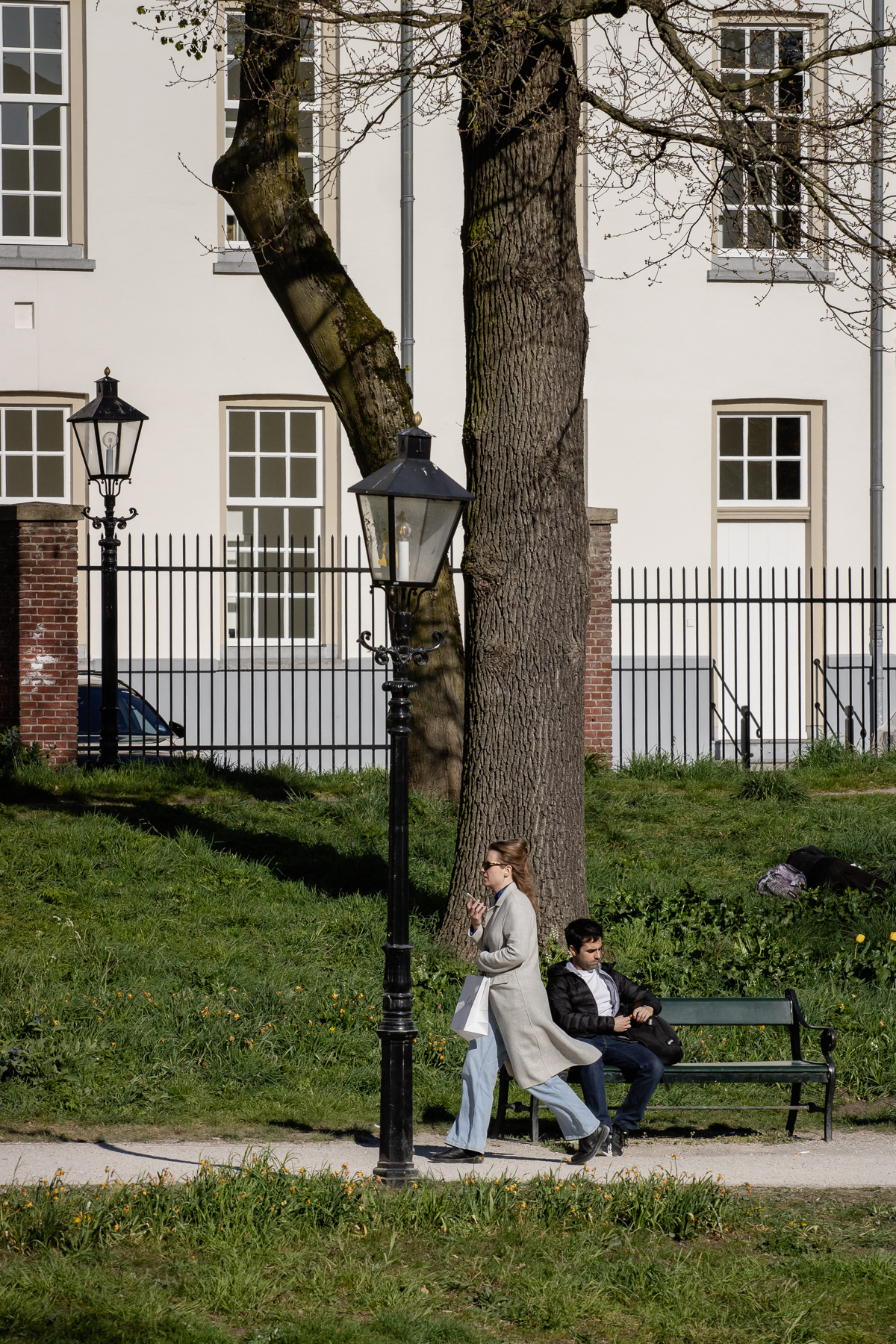

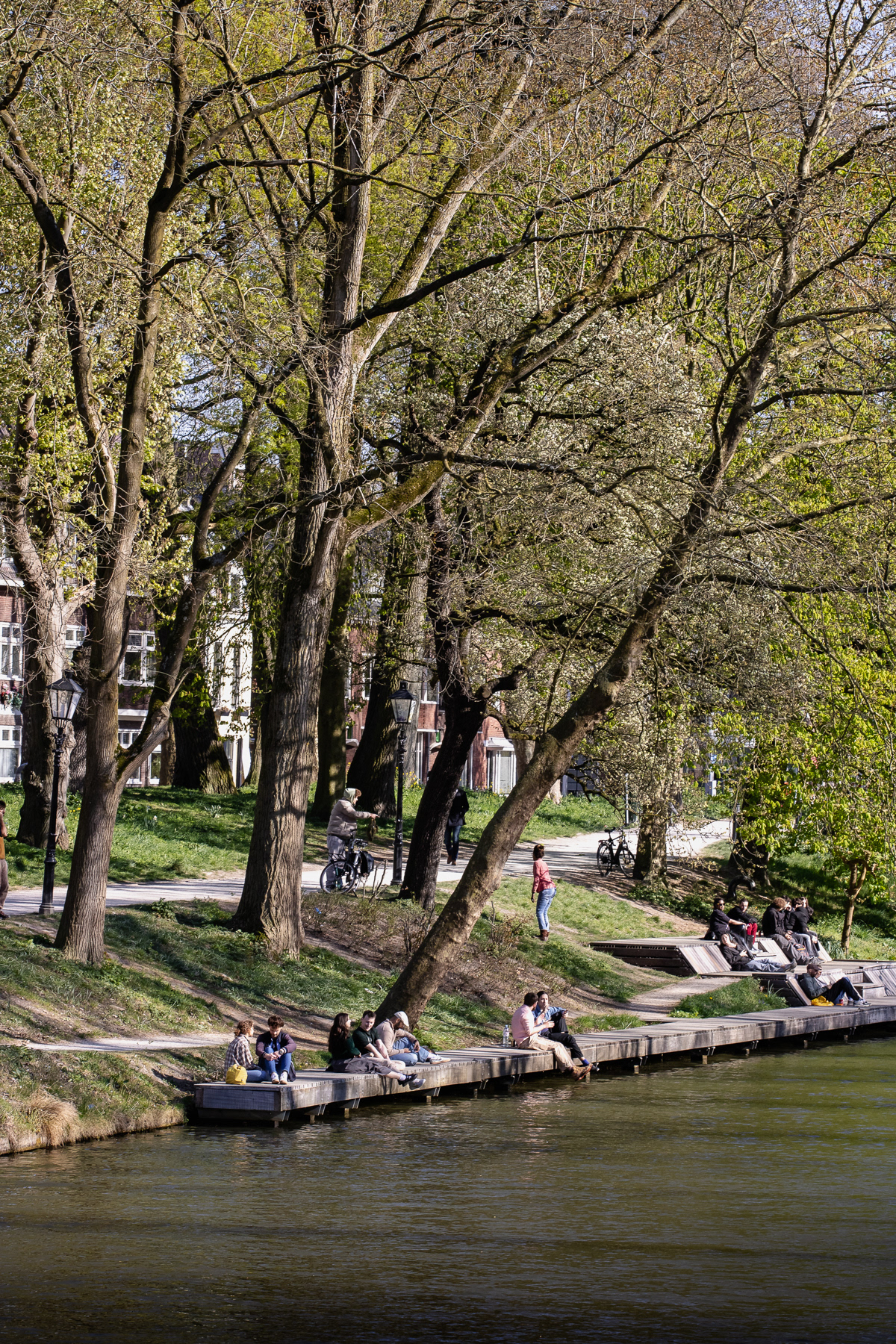
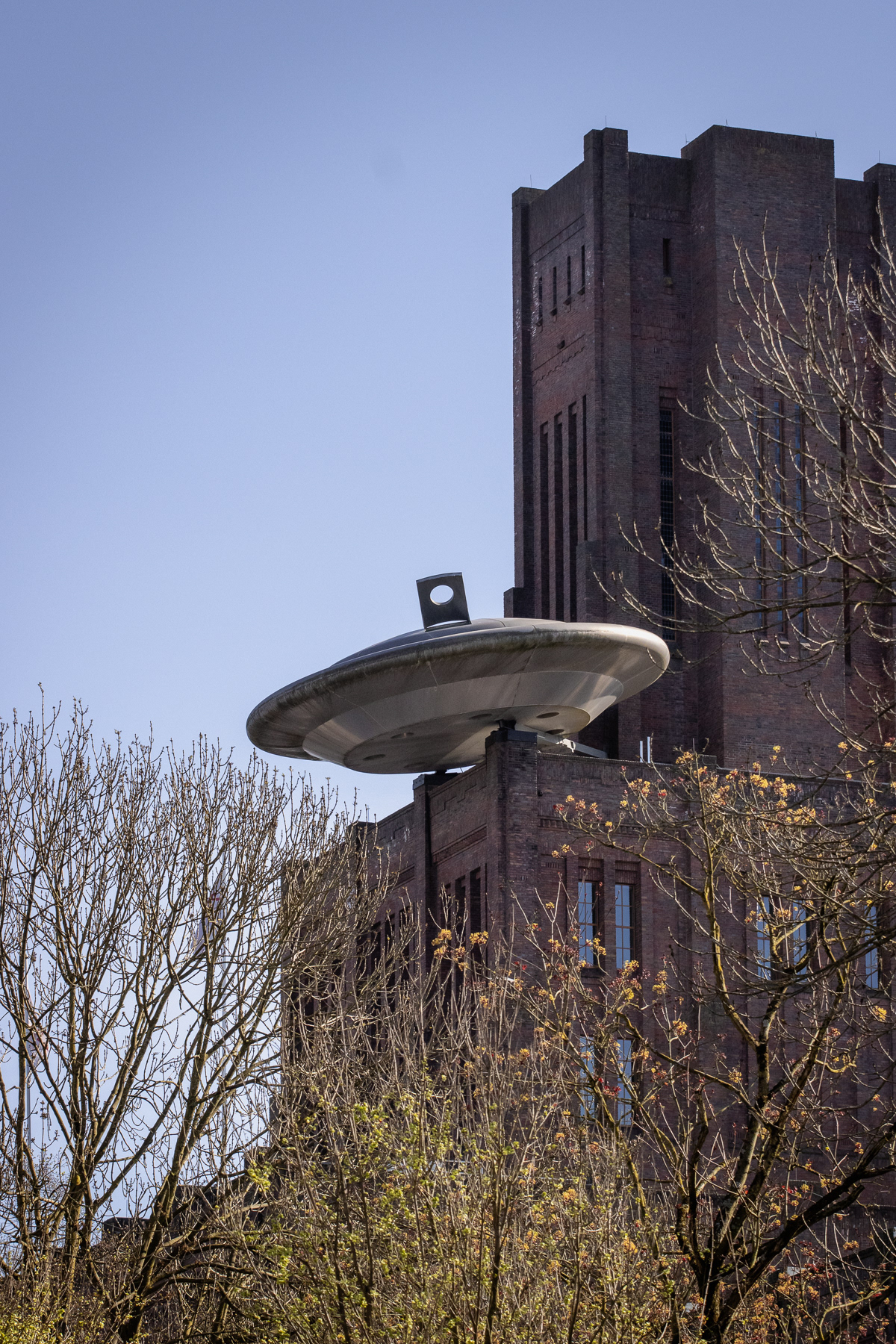
The "Inkwell", the largest brick building of the Netherlands.
